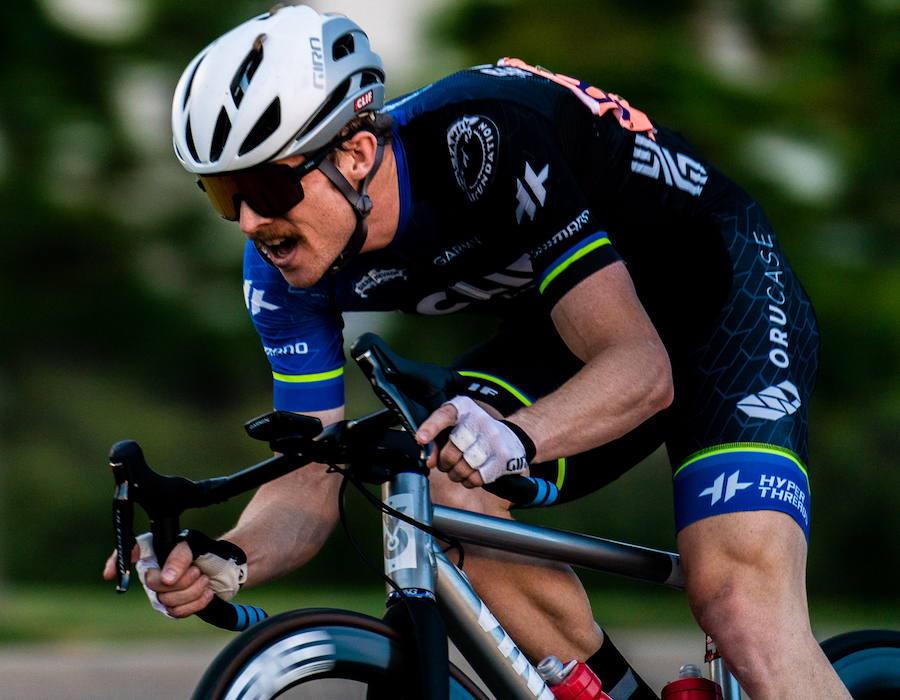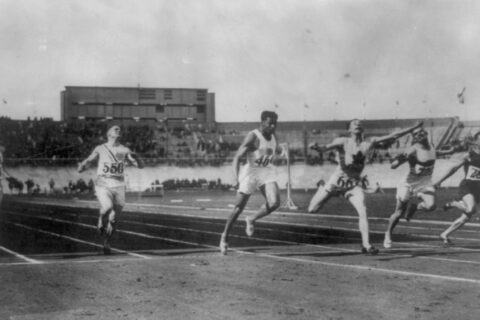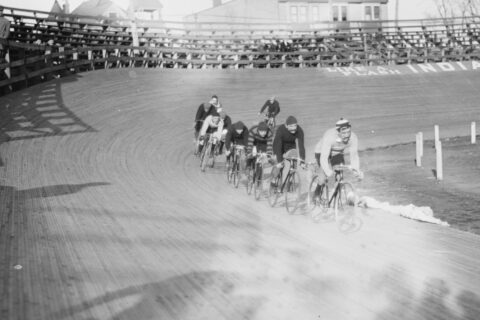If you’re a time-crunched athlete often looking to squeeze in workouts whenever and however you can and wondering if you’ll ever find the time for that four-hour ride or two-hour trail run, then sit tight— there’s some research just out of Norway that you’re going to like.
We all know that one of the fundamental tenets of endurance sports is the need to build your aerobic engine. Short of being a pure running or cycling track sprinter, aerobic capacity is the bedrock for success upon which anaerobic capacity, technical ability, and race craft is layered upon. And when it comes to building the aerobic system, there are few shortcuts, with one of the key workouts for cyclists and triathletes being a long steady endurance ride at Zone 2 (on a five-zone model). But how long does this “long” workout need to be?
In a perfect world, the longer the better, which is why pro cyclists may be doing five to six-hour rides several times a week to build their endurance. Even for recreational cyclists, many coaches advocate carving out time to get in a three-hour ride once every week or two. The benefits of these long endurance workouts have been covered extensively, but they include:
- A higher level of fatigue in your Type 1 (slow twitch) muscle fibers increasing recruitment and reliance on Type 2 (fast twitch) fibers, which in turn improves their capacity for oxidative metabolism.
- Increased durability and capacity to perform work at the end of races.
- Greater physiological strain across multiple systems (cardiorespiratory, metabolic, endocrinological) leading to greater adaptive signaling and ultimately training adaptations.
But I have a busy life and can’t train for four hours a day…
We get it. This is where ideal training theory runs into the cold hard reality for most athletes, in that it is rare to be able to find time for a long workout due to work and family priorities. In contrast, it might be logistically easier to fit in two shorter workouts over the course of a day.
Up until recently, the scientific literature remained sparse on whether two workouts a day produced similar adaptations to one long workout. For example, there are no randomized-controlled studies where two groups perform identical training loads, with one group performing them as one daily workout and the other group splitting them into two workouts. The ideal study would track these groups over a prolonged period, testing both their physiological and performance adaptations.
This year a Norwegian study took a first approach to comparing the two workout protocols (Talsnes et al. 2022). In this study, 13 elite male XC skiers performed classic-technique roller skiing on a set 4.28K course over varied terrain. On one day, a single 12-lap workout was done, while on another day the day was split into two six-lap workouts separated by seven hours. The course itself was broken down into four different segments to explore the effects of terrain (e.g., flat, uphill, downhill). The intensity was self-paced (no external feedback) at a RPE of 8-12 on a 6-20 scale. Breakfast and lunch were provided and standardized. On a third day, a three-lap simulated race was done to see how training speed related to competition speed.
What were some of the main findings and takeaways?
- The doubles elicited a slight but significant (~2%) higher speed than the single workout, over both the first and the second six-lap halves. Breaking this down into segments, the main increase came in the flat segment with a trend towards being faster on the downhills, whereas speeds were similar in the uphill segment. The authors theorize that the double workouts may enable greater benefits in technical skills in skiing at speed.
- Physiological responses to the two workout types were similar for heart rate and lactate. While the single workout elicited higher perceived muscular and ventilatory exertion upon completion, this higher acute perception did not result in perceived overnight sleep and training quality. This suggests that we can recover equally well from either style of training.
- Speeds during the tests averaged about 83% of competition speeds. Breaking this down, relative training speeds were highest in flat and downhills (~90%) and lowest on uphills (~73%). This highlights the discipline employed by these elite athletes to temper their enthusiasm and not surge or hammer the uphills during their endurance workouts.
- Surprisingly, both types of training elicited a negative split scenario, with the second six-lap segment done at a faster pace than the first regardless of whether of being a single or double day. The author had no obvious explanations for this observation, but it may be that the single long workout naturally elicited a more conservative strategy from the start.
How-Tos and Caveats
Given this first study into comparing a single long versus two shorter workouts, it seems that, from a performance perspective, the differences are minimal. However, as noted, no research exists comparing the long-term benefits of either approach. So if long endurance workouts are simply not possible, breaking the duration into two shorter workouts may remain a realistic alternative. It’s good news for all the time-crunched athletes out there, working to squeeze in training around career, family, and social commitments.
So how might we incorporate two-a-day workouts?
- An early morning workout coupled with a lunchtime workout, or a lunchtime workout coupled with an evening workout once family duties wind down.
- If bike commuting to work, consider adding a bit of distance to your commuting route. This may be especially time-efficient for everyday athletes, since the time cost required to change and shower twice a day is already built into the commuting timeframe. Any extra time is 100% devoted to actual exercise time.
- Multi-sport athletes are already used to mixing sports such as running and cycling, but this may be beneficial for single-sport athletes too. Pairing two different sports may reduce the odds of going too hard within a workout, and it may provide mental and physiological novelty to minimize training monotony.
RELATED: Should Cyclists Run and Should Runners Cycle?
What are some caveats to consider about two-a-day workouts?
- There is typically an extra time cost associated with getting dressed and showered that has to be factored in with multiple workouts. This can especially be problematic with cold or wet weather, necessitating extra time for bike maintenance or dealing with wet kit.
- As we saw in the Talsnes et al. (2022) study, there is the tendency to go at a higher speed with two-a-days than a single longer workout. This means that we may be at greater risk of turning a Zone 2 workout into a Zone 3.
- Do your best to not sacrifice sleep and recovery versus forcing or cramming in an additional workout.
References
Talsnes RK, Nordgården S, Kocbach J, Solli GS (2022) One Long Versus 2 Short Sessions? Physiological and Perceptual Responses to Low-Intensity Training at Self-Selected Speeds in Cross-Country Skiers. Int J Sports Physiol Perform 17:1590–1598. https://doi.org/10.1123/ijspp.2022-0212




